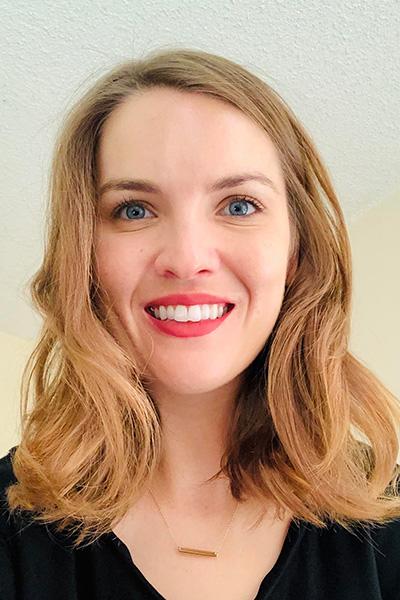
What kinds of things do you do in your current position?
In my current position, I oversee the Foundation for Advancement in Conservation’s (FAIC) emergency programs, including the National Heritage Responders (NHR) volunteer corps and the Alliance for Response (AFR) initiative. The National Heritage Responders are a corps of over 100 volunteers, located across the country with specialties ranging from conservation to collections management. NHR volunteers are trained to help cultural heritage institutions address damage to collections after emergency events. In the past five years, NHR volunteers have deployed to Puerto Rico, Florida, and Texas, following Hurricanes Maria, Irma, and Harvey, and provided virtual support to institutions throughout the COVID-19 pandemic. Moreover, the Alliance for Response program aims to prepare regions for disasters, by bringing together cultural heritage and emergency management professionals to build local networks of heritage emergency responders. Currently, there are over 30 Alliance for Response networks nationwide.
Are there projects or initiatives you are working on and excited about?
There are two projects I’m especially excited to be working on at the moment. First, FAIC is in the process of facilitating an NHR deployment to Whitesburg, Kentucky, to help institutions address damage from flooding at the end of July 2022. Second, we just wrapped up a heritage emergency response training in St. Paul, Minnesota, at the end of September. We trained 30 cultural heritage and emergency management professionals from around the state of Minnesota in foundational collections emergency response!
I also serve as a Reservist for FEMA’s Office of Environmental Protection and Historic Preservation, and am preparing to deploy to Fort Myers, Florida to help with Hurricane Ian recovery efforts. In my Reservist role, I help the public salvage damaged personal items, through FEMA’s Save Your Family Treasures program.
Are there particular things from your time as an undergraduate in History of Art that you think are helping you succeed in your job?
Absolutely! My History of Art professors, especially Karl Whittington and Namiko Kunimoto, challenged me to think critically about the role art plays in society. I learned about artists such as Ai Weiwei, who use art as a tool to draw attention to injustice and realized the importance of art when considering community identity. I used the knowledge gained at Ohio State to look at the role art plays in a community’s rebuilding efforts after a disaster and as a result, have dedicated my career to helping protect art from disastrous events.
Elaina Gregg (BA ’15) is the Emergency Programs Coordinator at the Foundation for Advancement in Conservation.
